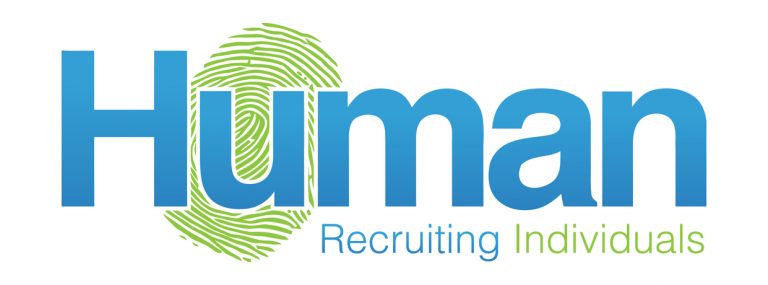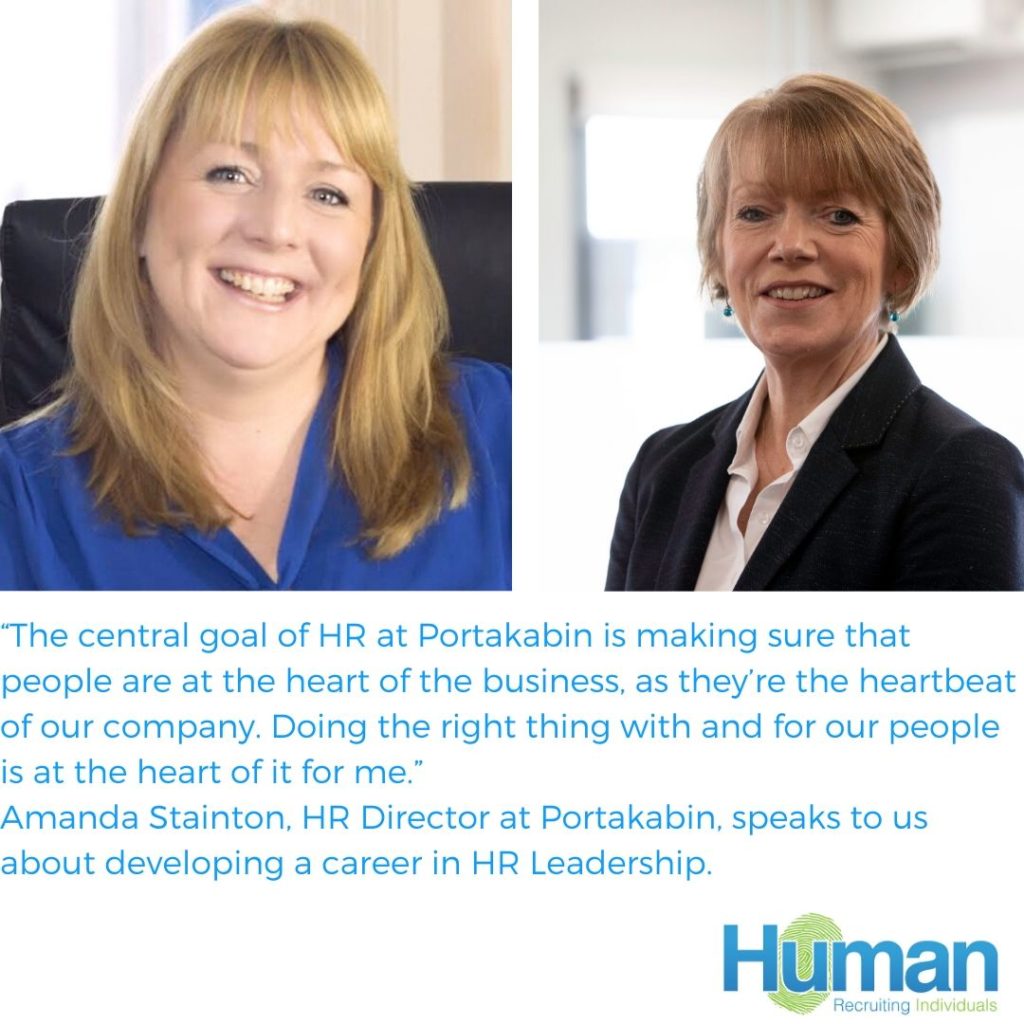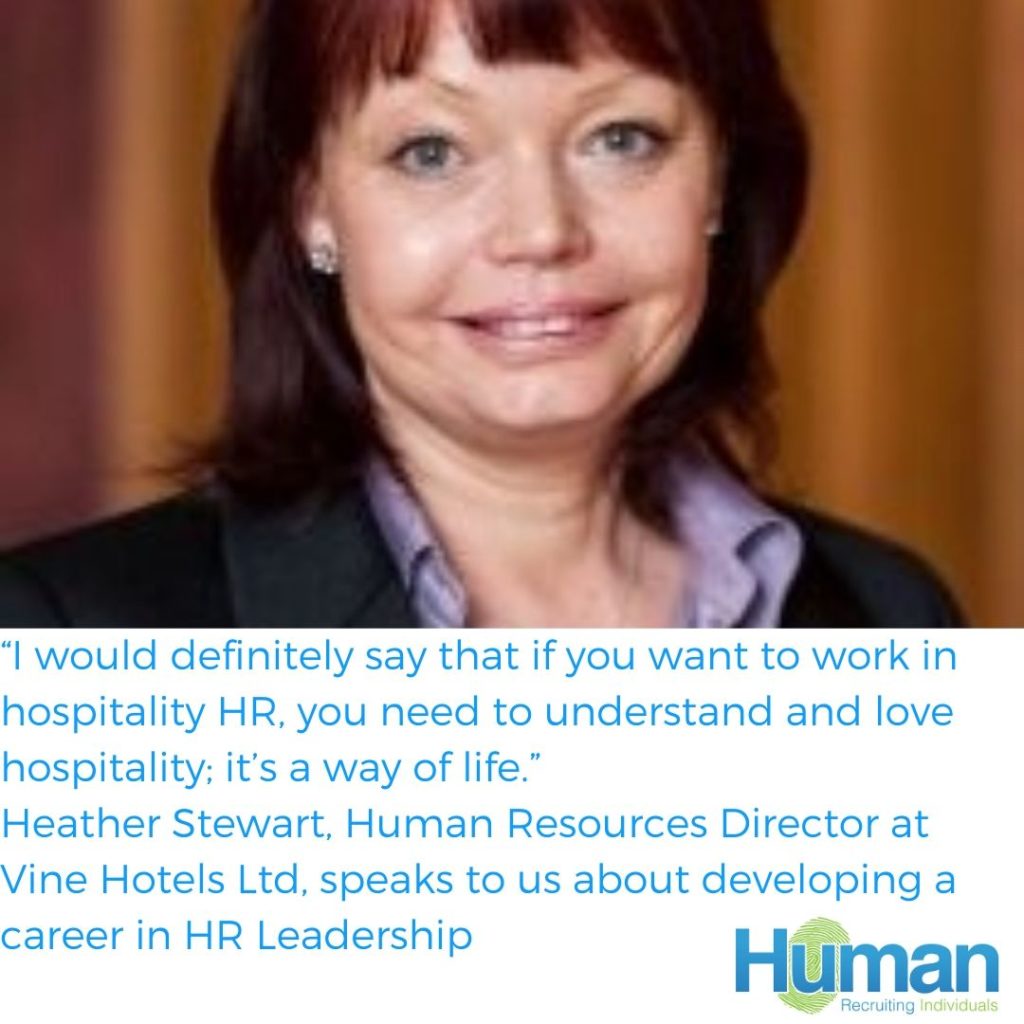Trends are always evolving in the changing world of work, especially in the past years due to technological advancements, globalisation, and innovation impacting every aspect and department of a business, HR included. But like with any type of new HR trend, it’s important to avoid making important changes without first carefully weighing in the impact it will have on your team and company. Instead, you could keep an open mind, evaluate, and compare them to your business needs and goals, before determining if these emerging HR trends in 2020 fit your business model and long-term interests. So, without further ado, let’s dive in and see what this year will bring in terms of HR trends: 1. HR Analytics Out of all the HR trends in 2020, analytics is perhaps the most important one because it can be used to decrease employee turnover and increase engagement and satisfaction. Through new tools and intuitive analytics, the data collected by HR departments can contribute to a better understanding of employees, their goals, aspirations, and well-being. By making objective, data-driven decisions instead of subjective ones, HR teams can help create a better working environment and come up with faster, more accurate solutions for unique problems. A good example is analyzing the retention rates which can help identify critical bottlenecks and solve issues by connecting that data with other metrics like performance indicators, engagement levels or changes in financial incentives. 2. The gig economy will take over the 9-to-5 economy What’s the origin of the 9-to-5 work schedule? Has it always been this way? As a matter of fact, the 9-5 came out of the industrial revolution back in the 18th century. Ever since, we’ve come through two more industrial revolutions and we’re about to enter a fourth. (Science|Business) In view of the new UK labour market trends in 2020 – and, more broadly, global HR trends – the traditional 9-to-5 economy will soon become a thing of the past. Instead, people are now transitioning towards the gig economy, which prioritizes flexibility and temporary projects over long-term contracts. The gig economy implies making the most of each opportunity as it showcases itself, enjoying the benefits of working outside the traditional cubicle and having complete control over how much money one makes. For HR leaders, the gig economy means having to adapt to the unique needs and requirements of a new generation of working professionals with the gig mindset who are more interested in freedom than climbing the success ladder and contributing to a retirement fund. 3. An increased focus on employee engagement and experience The level of happiness felt by an employee working for a company is measured by an indicator known as employee engagement. Considering employees are a key asset to a business and that without them, the organization cannot fulfill its promises towards clients and move forward, prioritizing the employee’s happiness at the workplace is key to the success of any company. So, in the context of UK labour market trends in 2020, human resources should focus on ensuring that employees have the best possible working experience, that they feel valued and that they love their jobs. This, in turn, will help employees establish an emotional connection to the workplace and work harder, and lead to increased performance and productivity, as well as an increase in the employee retention rate which otherwise would negatively impact the overall results of the company. 4. Emerging technologies dictate HR trends in 2020 Organizations at the forefront of innovation have long been interested in new tools and pieces of software to help them grow, but in 2020, technology is quickly gaining ground as a key HR trend. With all major areas of a business now relying on technology at some level, HR is now also saying “yes” to chatbots, AI in HR and machine learning processing, big data, RPA and virtual reality in return for the promise to improve screening process, identify patterns, take employee training to new heights and automate repetitive tasks. 5. An increased focus on diversity & inclusion More and more organizations worldwide are beginning to understand the importance of a diverse, inclusive and collaborative working environment. As the business landscape is increasingly globalized, creating a transparent working environment where your team feels comfortable and productive is key for harvesting an above-average financial return on investment. However, removing pay gaps, maintaining a gender-equal workplace isn’t enough. Instead, HR leaders might want to build a culture where everyone’s voice is heard without repercussions and where every employee feels empowered to do their best work. Continuing the 2018 and 2019 HR trends, 2020 will see large organizations making diversity and inclusion their # 1 priorities, with a focus on creating a sense of belonging for employees as well as ensuring diversity of thought across the business. This could be achieved not only by hiring people of different backgrounds and making sure that everyone has access to the same benefits. But also through the implementation of programs that support employee equality, diversity initiatives as well as by building fair workplaces of the future where all employees feel respected, valued and welcomed. Considering all these UK labour market trends above it’s easy to see how the human resources sector will continue to evolve this year and allow HR teams to increase efficiency and autonomy, become more productive and human, as well as reduce costs and minimize errors. And since more and more companies and HR professionals will adhere to these HR trends sooner or later, it might be a good idea to assess how they can help your company grow and become better at engaging employees and stimulating an inclusive working environment. While there’s no need to start implementing all of these HR trends right away, it will pay dividends to apply an objective perspective of how they will affect your industry and how they could help your team. Perhaps better than anyone, HR leaders know that balance is key for a company interested in sustainable growth



